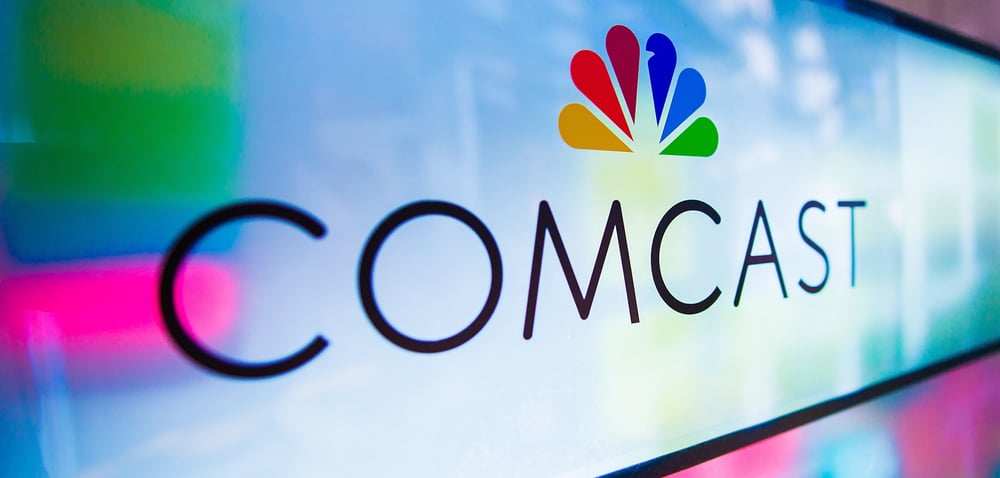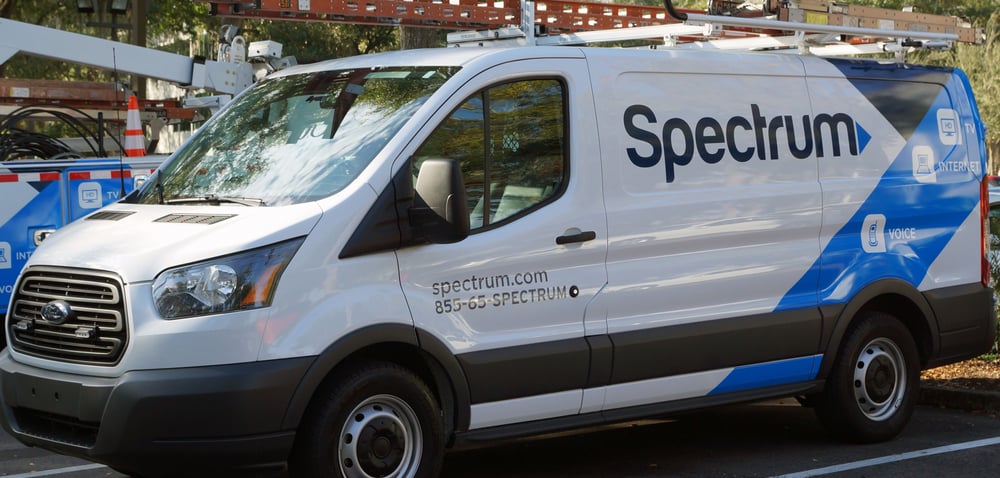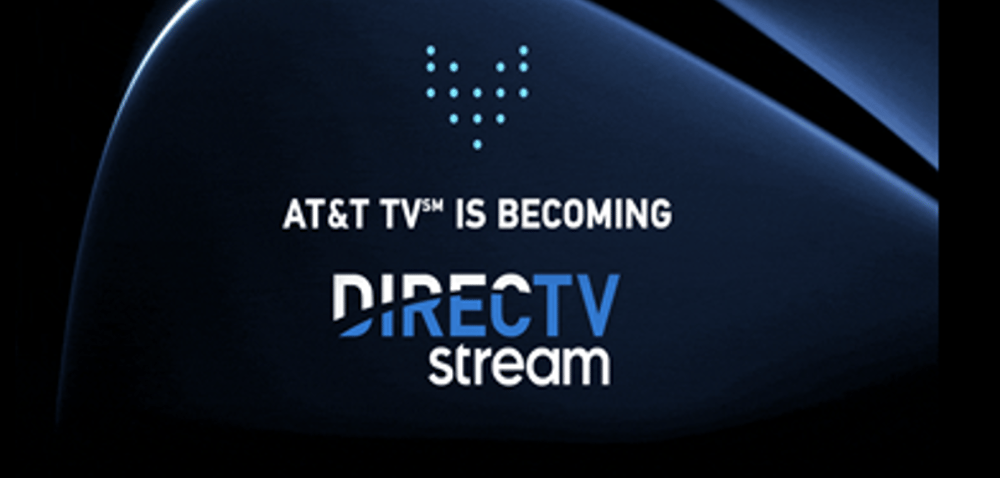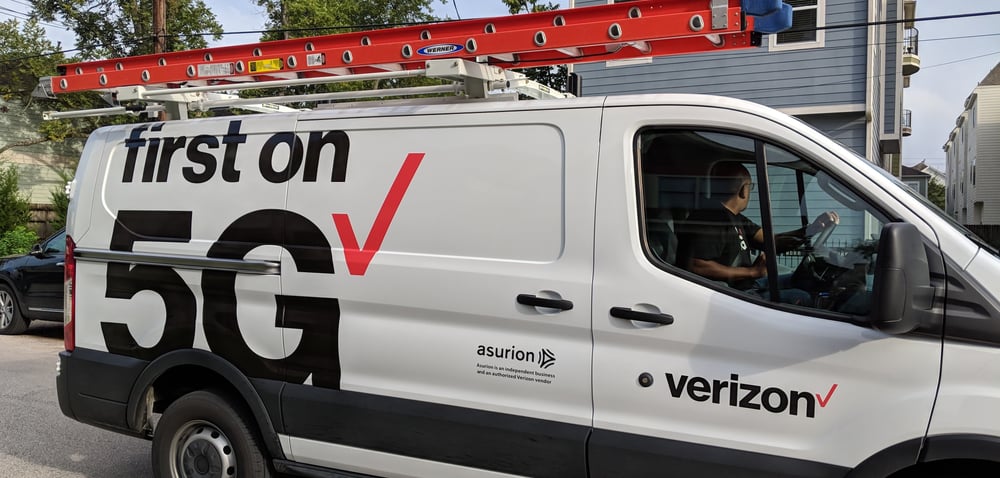The second-quarter earnings season has wrapped up for the top publicly traded pay TV operators in the U.S., and it's time to break down the numbers. FierceVideo has put together an overview of how the top cable, satellite and telco pay TV operators performed on subscriber growth.
Altice USA, AT&T, Charter Communications, Comcast, Dish Network and Verizon combined to lose approximately 1.1 million video subscribers during the second quarter across both residential and commercial subscriber bases. That figure is down significantly from the 1.6 million combined subscribers lost in the first quarter.
After Dish Network reported relatively positive video subscriber results buoyed by growth at Sling TV, Morgan Stanley analyst Benjamin Swinburne estimated that pay TV subscriber loss rates slowed down substantially.
“Pay TV subscribers declined only 3.9% during the quarter…which was ahead of our expectation for a 4.3% decline and over 6% as we headed into the pandemic last year,” he wrote in a research note, noting that Hulu + Live TV results were not factored in yet and that YouTube TV is based on estimates. “Despite a transforming pay TV model tethered around app-centric distribution and content consumption through streaming, we think this quarter benefitted from the return to live sports and favorable comps relative to 2Q20. While the better than feared losses this quarter are encouraging in light of using video to manage broadband churn, we expect the overall pay TV decline to accelerate to -5.4% by year-end.”






